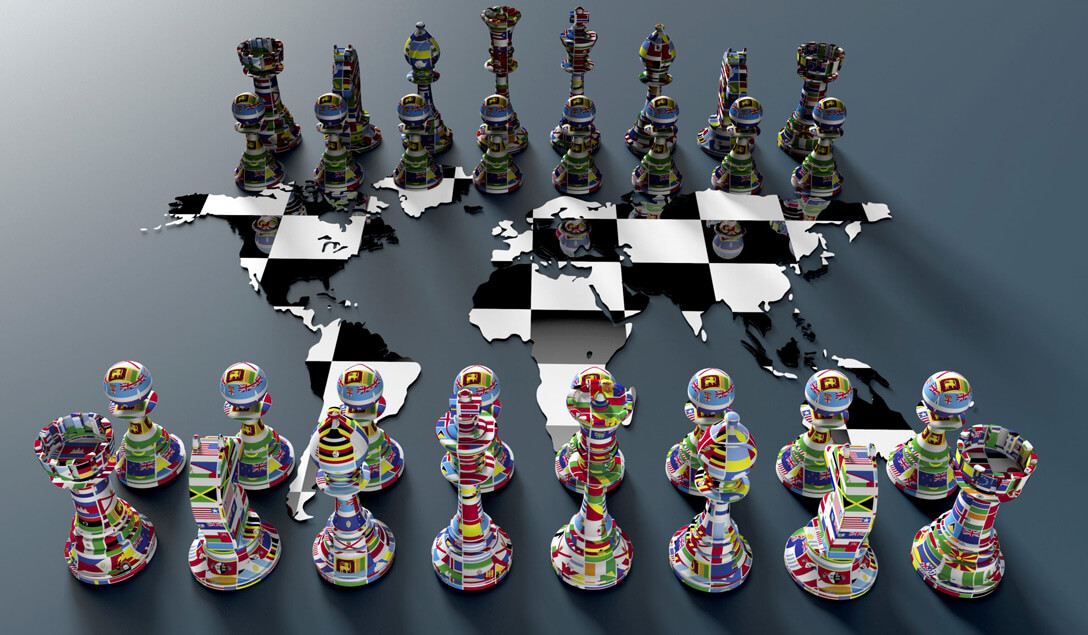
2021: The Year of Disruptive Technologies and New Blocks
Sat, 02 Jan 2021 | Reading Time: 9 minutes

If 2020 was the year of pandemic then 2021 will be the year of creation of new blocks and disruptive technologies. Countries like China will take advantage of a vulnerable world and strengthen their position. This year may go down in the history when disruptive technologies would be seriously employed without giving much thought to human values.
The top likely and desired strategic trends of 2021 could be:
- China moves to the Americas
- The South China Sea is passé watch out for the Indian Ocean Region
- NATO: Turkey out and Russia in
- Halting the Chinese bandwagon in the Middle East and the Mediterranean
- Pakistan in Israeli Orbit
- Technology that scares you
China Moves to Americas
“When China does business in places like Latin America, it often injects corrosive capital into the economic bloodstream, giving life to corruption, and eroding good governance.” – US Secretary of State Mike Pompeo on a visit to Latin America in April 2019.
In the post-Covid world, China has comfortably established its hegemony in Asia. It has further consolidated the position through RCEP. Having done that, it will make its move in the Western Hemisphere, before the new US President gets comfortable in his post. China has learned the trick from the United States. It observed that the US could freely roam all over the planet, intruding in the policies of countries, since it had clear cut superiority in the Western Hemisphere. China wants to remove that level of comfort for the US. If China could entangle the United States in the Americas, it will not have time and energy to pay attention to Chinese politics.
China has been working relentlessly on this policy for years. It has nurtured a relationship with Venezuela and Cuba. Next in line are Mexico, Brazil, and Argentina. China has diligently exploited the grave situation created by the coronavirus in Latin America and made swift moves in the backyard of the USA. They provided equipment and expertise for the pandemic that originated from their own country. They also promised to provide $1bn loans for acquiring vaccine whenever it was available. The wolf warrior diplomats used social media to the hilt and embarked on a blitzkrieg of propaganda of good deeds China was doing.
In the name of help, China has created a huge space for itself along with business opportunities for its companies. Latinos were thrilled and never bothered to question China, that how has the virus reached remote corners of Patagonia, Santa Cruz, Argentina. Mexico’s foreign minister Marcelo Ebrard even tweeted “Gracias China!!!”.
Canada is another country that may spring surprises for the United States. Despite the relationships at their historic low, Canadian Prime Minister Trudeau invited PLA to observe the Canadian military’s winter survival training on a Canadian military base in 2018. Canada also pusillanimously sent 171 soldiers to China to attend Military World Games in Oct 2019.
China is now the number one trade partner to Brazil, Argentina, Chile, Peru, Uruguay, and others. If Mexico is excluded, China’s trade with the region exceeded more than $223 billion versus U.S. trade of $198 billion in 2019. The U.S. needs to get back in the Trans-Pacific Partnership trade bloc to somewhat restore its prestige and position in Latin America.
In 2021, China will be further consolidating its position by taking the war to the American shores, nibbling, and poking at it from all directions. Applying Ostrich’s mentality when it comes to Chinese moves in the Americas would dent the United States’ image beyond repair.
South China Sea is Passé – Watch Out for Indian Ocean Region
“There are over 120 warships of extra-regional forces deployed in the Indian Ocean Region in support of various missions.”- Indian Chief of Defence Staff General Bipin Rawat
The South China Sea was the hottest zone in 2020. That phase has passed. China has achieved two objectives that it had set for itself. Try and test the new Theatre Command structure and cohesiveness against the best navy in the world: the US Navy. The other objective was to get the Regional Comprehensive Economic Partnership (RCEP) ratified by the battered Asia-Pacific economies. The agreement is heavily tilted in China’s favour.
The South China Sea was never a dilemma for China. It has had the edge in the region for a long time. Where China lacks strength, is the Indian Ocean Region (IOR). Despite calling itself the largest navy in the world (numerically, with 350 ships), it doesn’t have the wherewithal to call shots in the Indian Ocean. So, 2021 will be China’s consolidation phase, in the IOR.
As per noted political scientist Minxin Pei, “China should heed the first rule of holes: when you are in one, stop digging”. The message is loud and clear, if China wants to utilize the IOR for its trade and energy requirements, it should stop needling India. The role of the IOR in the global economy is evident from the fact that three-quarters of the world-wide maritime trade and half of the world’s oil supplies pass through IOR. The Malacca Strait in the east and the Hormuz and the Bab el Mandeb straits in the west are not just the chokepoints but a nightmare for the Chinese naval planners.
Despite all this, India, cannot remain complacent. China is continuously forging partnerships with strategically located states in the Indian Ocean. Djibouti, Gwadar, and Hambantota are significant mentions. China is filling up security holes with Bangladesh, Myanmar, Thailand, Cambodia, and Malaysia in the Bay of Bengal/Eastern Indian Ocean.
To counter China, India is working relentlessly on India’s “unsinkable aircraft carrier”, the Andaman and Nicobar Island(ANI). The development of naval air station INS Kohassa at Shibpur in North ANI and Campbell strip in Nicobar into full-fledged fighter bases is an impetus in this direction. Conversion of the present naval detachment in Lakshadweep into a fully-fledged operational base and network of 26 radar stations deployed across the atolls of the Maldives, linked to the Indian Southern Command has PLAN worried.
China will come to the Indian Ocean with full force and India along with other Quad partners should not disappoint the PLA Navy.
NATO: Turkey Out and Russia In
This is a tall order though not completely out of place. Turkey has been in the cross-hair of most of the NATO members. Its military action in Syria, threatening behaviour in the Mediterranean against Greece and Cyprus, involvement in the Armenia-Azerbaijan conflict, and hobnobbing with Iran, China, and Russia have put off almost all the NATO members.
The absence of a suspension and expulsion mechanism in the North Atlantic Treaty does not prohibit the North Atlantic Council from suspending or terminating the membership of an ally found to be in material breach of the treaty. A recent survey showed that 58% of Germans want Turkey expelled from NATO.
The Turkish dictator-style President Recep Tayyip Erdogan in his desire to be the leader of the Muslim world has spoiled the country’s relationship with friendly countries beyond repair. It is becoming increasingly clear that Ankara is drawing heavily on its strategic geographic position instead of its value in support of NATO objectives.
On the other hand, getting Russia onboard would be highly beneficial to the NATO members. Especially the US would be more than interested in having Russia as an ally against China. That way China could be sandwiched between India and Russia. The biggest strategic blunder of western planners has been to push the Russians towards the Chinese. Russians are not too happy about going too far and getting completely in bed with Beijing.
China’s astronomic economic growth has Russia worried and that gives them reason good enough to ally with the West. There could be no better time than 2021 for Russia to join hands with the West and NATO.
Halting the Chinese Bandwagon in The Middle East and the Mediterranean
Ignoring Chinese activities in the Middle East and the Mediterranean could be dubbed as the mistake of the decade by the free world. Chinese SOEs had a free run in the region and the West had no answer. It is no surprise that the map of the Chinese game plan resembles a larger new-age Ottoman Empire.

Countries north of the Gulf of Oman and Persian Gulf have been systematically added to this undeclared empire one after the other. India is the only spoiler of the Chinese game-plan. Both India and Pakistan sit at the cusp of the gateway to the Middle East. China is gobbling up countries at breakneck speed. Pakistan, Iran, Iraq, Turkey, Syria, Lebanon, Egypt, Greece, and Italy have already fallen for China laid trap(Italy is 3rd largest trading partner and 1st G7 nation in BRI partnership). The United States’ best bet in the Middle East, Israel also seems to be gravitating towards China (Chinese investment into Israel jumped more than tenfold to a record $16.5 billion in 2016).Map Courtesy: Google
China-Pakistan’s infrastructure projects CPEC’s bill has ballooned from $46 billion to an estimated $87 billion, pushing Pakistan further into the Chinese trap. China and Iran have entered into a 25-year $400 billion strategic partnership in trade and security. China and Iraq have also gotten into a five-year oil deal. Both Iran and Iraq have entered the inescapable Chinese orbit. Syria has been promised benefit from a $23 billion loan fund announced by Beijing to its partners in the Arab world. In Lebanon, China is targeting the Beirut-Tripoli railway as part of BRI. With $40 billion Chinese investment, Egypt’s Suez Canal is expected to become a pivotal part of the BRI connecting Africa, Asia, and Europe.
Without western pressures, Turkey is fast becoming a Chinese vassal state. At China’s behest, it has started arresting and deporting Uighur activists living in the country. Chinese investment in Turkey is likely to exceed $6 billion by the end of 2021. China is buying Turkish companies as if it is a Black Friday sale. Sixty-five percent stakes in Turkey’s third-largest strategic container terminal, Kumport in Istanbul, and 51 percent of the Yavuz Sultan Selim Bridge connecting Europe and Asia across the Bosporus are some of the noteworthy mentions.
Greece and Italy have signed a memorandum of understanding (MoU) with China for joining BRI. China’s COSCO has taken stakes in at least 15 European ports in recent years. Rotterdam, Antwerp, Marseilles, and Piraeus are some of the prominent names. Greek port Piraeus has become the Mediterranean’s leading container handling port. China is gobbling up advanced technology and traditional industries in Italy at a fast pace. China’s next move would be to acquire strategically important Italian ports of Palermo and Trieste.
If the above-mentioned game plan works out, China would be the undisputed king of the new-age colonized world giving rise to many authoritarian regimes in the region.
Pakistan in Israeli Orbit
Recently Pakistan’s Foreign Ministry refuted reports on social and mainstream media that implied Islamabad was about to restore diplomatic relations with Israel, a move that would necessarily send shock waves across Pakistan’s many radical Islamic groups.
Despite the official rejections, observers and officials believe that there is some truth in the speculation. An ISI aircraft was seen parked in Amman, Jordan in November, while a meeting between the Israeli Prime Minister and Saudi Arabian Prince Mohammed bin Salman was underway. Evaluating the changing winds in the Middle East and with soaring evidence that Saudi Arabia may soon follow the United Arab Emirates (UAE) in normalizing relations with Israel, Pakistan cannot stay aloof.
The speculation was further reinforced when Pakistani Prime Minister Imran Khan, in an interview with a local TV channel, divulged that he was “under pressure” from some “friendly countries” to recognize Israel.
However, the biggest setback for Pakistan came from Turkey. The Turkish President Recep Tayyip Erdogan recently said that Turkey would like to have better ties with Israel and that talks at intelligence level continue between the two sides.
Technology that Scares You
Last but one of the most devastating changes in the world would be the emergence of disruptive technologies. The war between Armenia and Azerbaijan over Nagorno-Karabakh has brought to the fore, new lessons for the military planners across the globe. Azerbaijan won the war in 44 days against a superior Armenian army, effectively using such technologies.
Disruptive Technologies and how they are going to impact the emerging conflicts of the 21st century is something that every student of modern warfare is trying to understand. Results of The Nagorno-Karabakh conflict has laid the foundation for modern warfare.
The coming year will see giant steps in the following fields:
- Artificial Intelligence
- Lethal Autonomous Weapons
- Hypersonic Weapons
- Directed Energy Weapons
- Biotechnology
- Quantum Technology
Conclusion
The year ahead is going to be very interesting for geopolitical watchers. It would also shape the next two to three decades for good or bad. Following are the portentous trends that emerge from the foregoing:
- Pakistan is left with two options, recognize Israel or get further isolated.
- China would be omnipresent in every deal as a direct or indirect party. It would be up to the free world to rise above greed and recognize that China is the real danger to humanity. It would also save countries from following the Chinese way of authoritarianism and disregard for human values.
- India and not the United States would rise against Chinese designs. India has to step out of its comfort zone, understand its historic importance, and take the leadership role. India can achieve that only if it innovates rather than follow the beaten path.
- The United States and the European Union, if do not get their acts together, their value would further diminish in the comity of nations.
- Attracting Russia into the western fold would have a double impact. Chinese energy requirements would be completely in the control of the free world and sandwiched between India and Russia, China wouldn’t have much space to manoeuvre.
- Failing on these fronts would make the world forget the principles of Norman Angell and the foundation for World War III would get further strengthened.
References:
- stripes.com/news/us/pentagon-s-proposed-2021-budget-focuses-on-future-weapons-to-compete-with-russia-china-1.618244
- asiatimes.com/2020/12/why-pakistan-will-be-next-to-normalize-with-israel/?mc_cid=5835ff00aa&mc_eid=8a5f995df9
- ihsmarkit.com/research-analysis/geopolitics-in-a-postpandemic-world-a-fragmented-world.html
- dodig.mil/In-the-Spotlight/Article/2420714/top-dod-management-challenges-fiscal-year-2021
- heritage.org/military
- nytimes.com/2020/12/02/opinion/biden-interview-mcconnell-china-iran.html
- inss.org.il/publication/the-world-in-2021
- ft.com/content/741e72ed-e1db-4609-b389-969318f170e8
- news.cgtn.com/news/2020-10-28/Is-Turkey-on-the-verge-of-a-NATO-exit–UXDeCWGxc4/index.html
- thearabweekly.com/chinas-rebuilding-role-iraq-could-serve-template-syria-after-years-conflict
- business-standard.com/article/current-affairs/china-pakistan-economic-corridor-will-be-trillion-dollar-blunder-experts-120062200392_1.html
- foreignpolicy.com/2020/09/16/erdogan-is-turning-turkey-into-a-chinese-client-state
- eurasiantimes.com/india-or-china-whom-did-israel-support-during-the-intense-india-china-border-standoff
- tandfonline.com/doi/full/10.1080/25765949.2020.1808378?scroll=top&needAccess=true
- mei.edu/publications/towering-ambitions-egypt-and-china-building-future
- wfmj.com/story/42826417/bri-boosts-chinese-investments-in-egypt
- thediplomat.com/2020/08/will-china-change-its-lebanon-strategy
- seatrade-maritime.com/ports-logistics/china-and-greece-pledge-joint-work-belt-and-road-initiative
- latimes.com/world-nation/story/2020-02-07/greece-grants-thousands-of-chinese-millionaires-eu-citizenship
- asiapowerwatch.com/how-covid-19-could-reshape-the-italy-china-relationship
- defense.info/global-dynamics/2020/04/china-buying-italy-amid-the-covid-crisis
- csis.org/analysis/air-and-missile-war-nagorno-karabakh-lessons-future-strike-and-defense
- aljazeera.com/news/2020/12/25/erdogan-says-turkey-wants-better-ties-with-israel-talks-continue
- rand.org/pubs/research_reports/RR3176.html
Disclaimer
The opinions expressed in this article are the author’s own and do not reflect the views of Chanakya Forum. All information provided in this article including timeliness, completeness, accuracy, suitability or validity of information referenced therein, is the sole responsibility of the author. www.chanakyaforum.com does not assume any responsibility for the same.
Chanakya Forum is now on . Click here to join our channel (@ChanakyaForum) and stay updated with the latest headlines and articles.
Important
We work round the clock to bring you the finest articles and updates from around the world. There is a team that works tirelessly to ensure that you have a seamless reading experience. But all this costs money. Please support us so that we keep doing what we do best. Happy Reading
Support Us




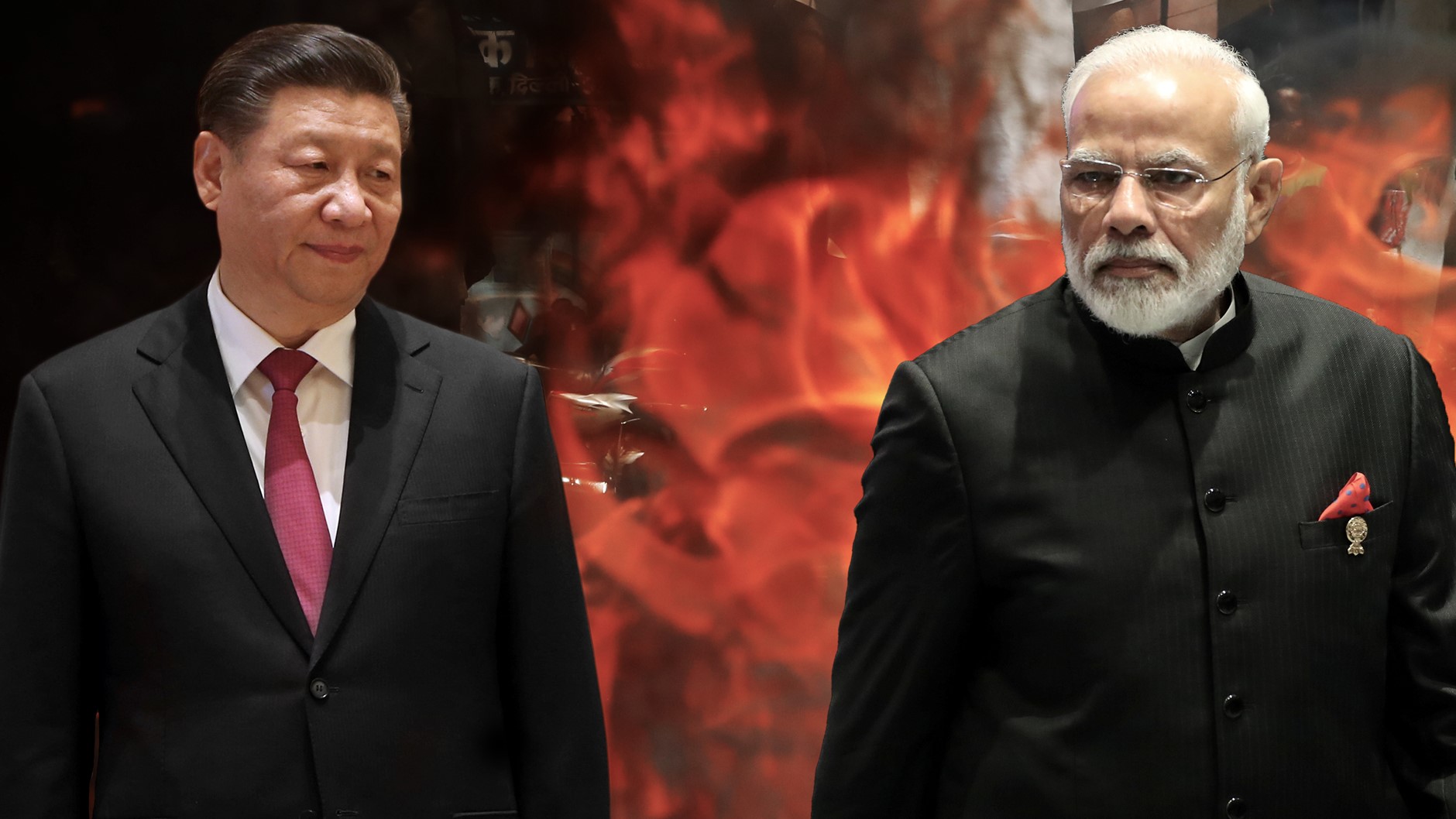
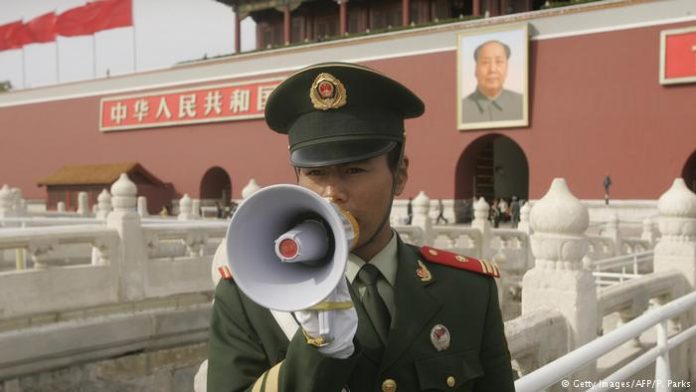
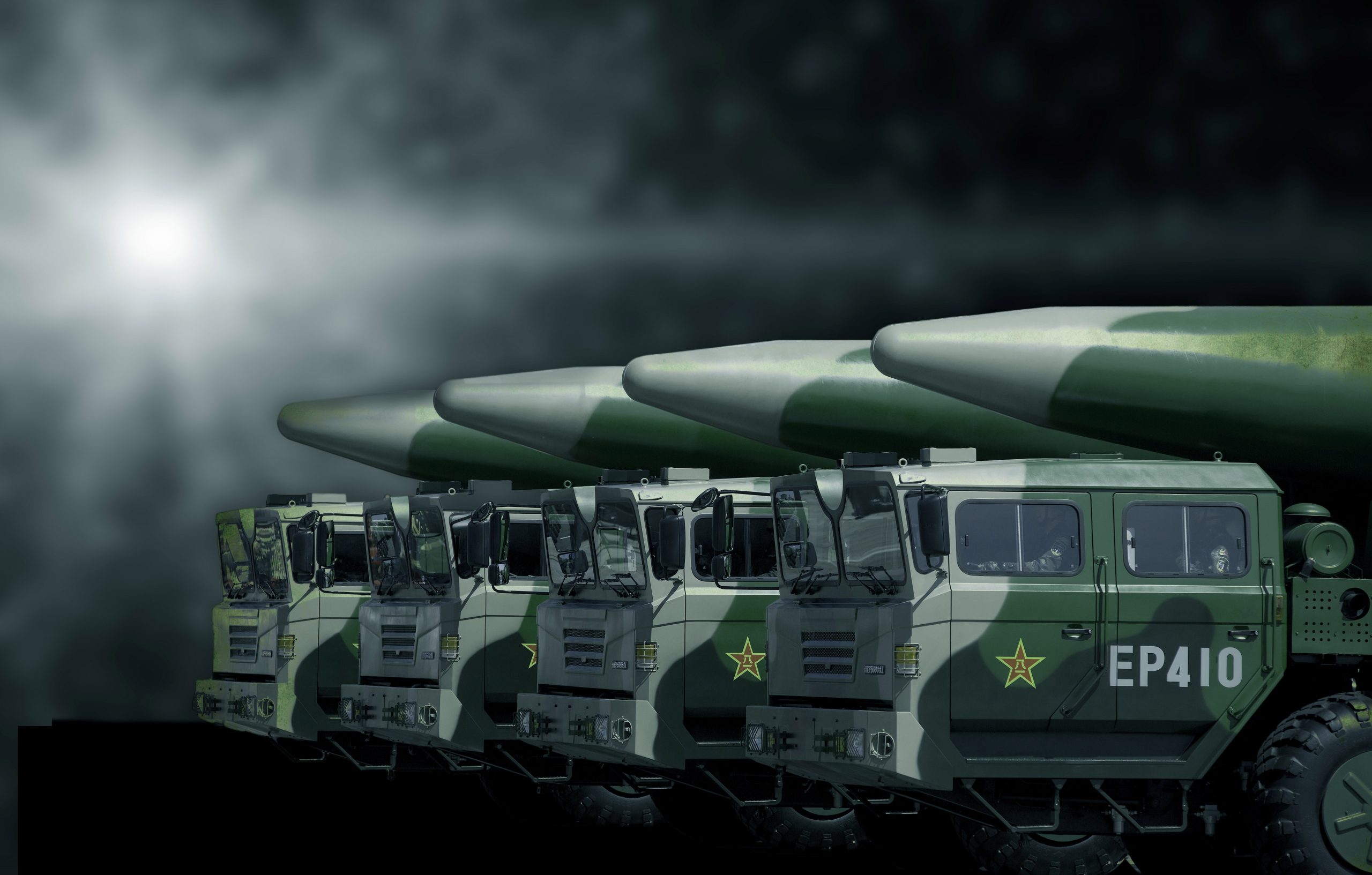
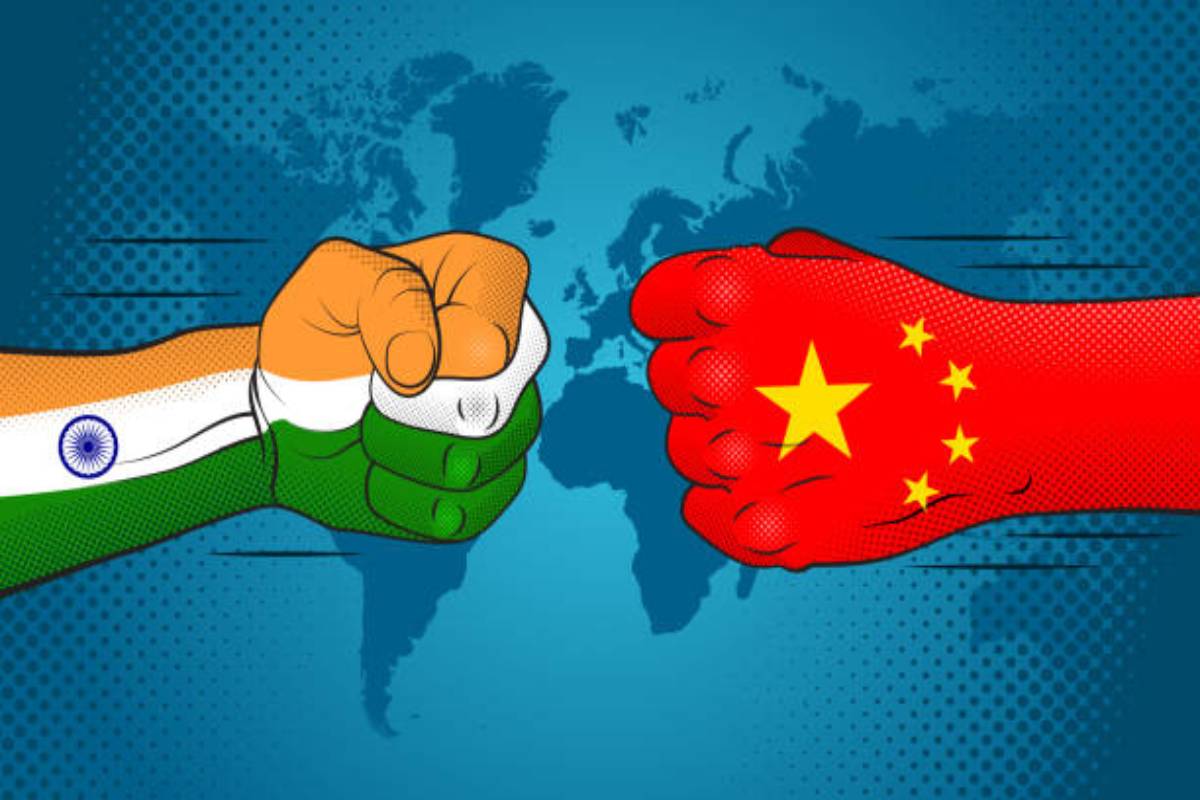
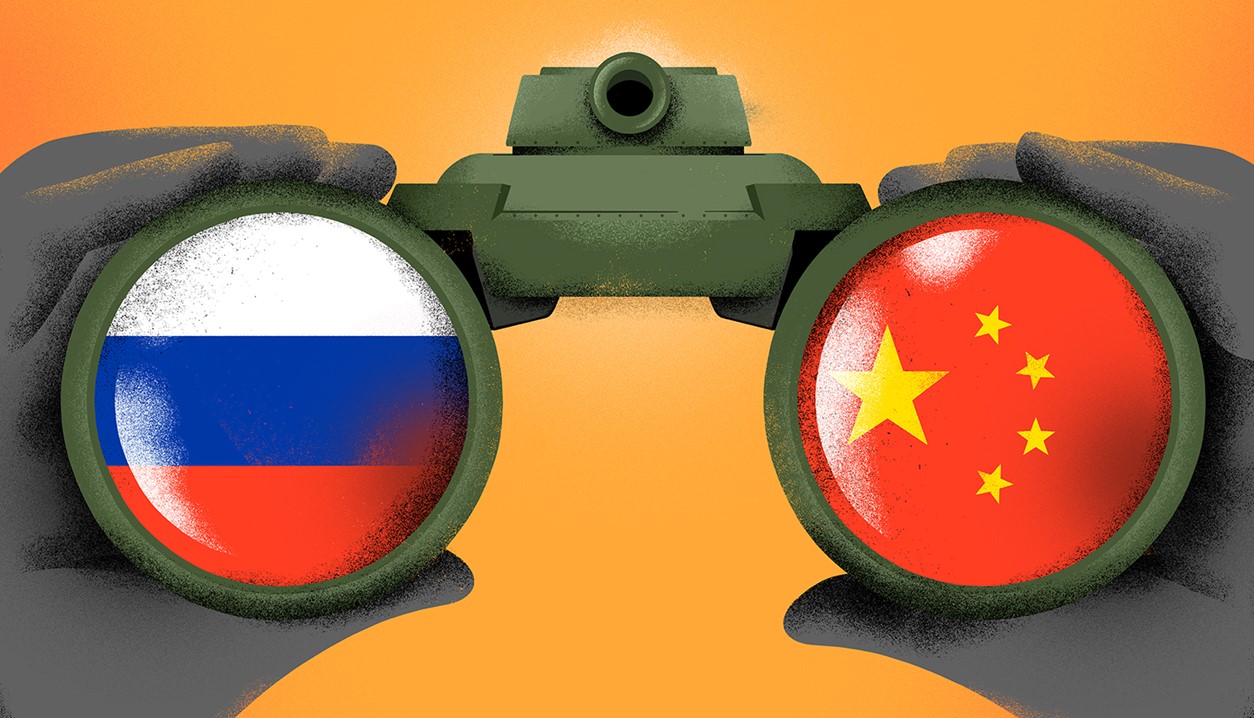
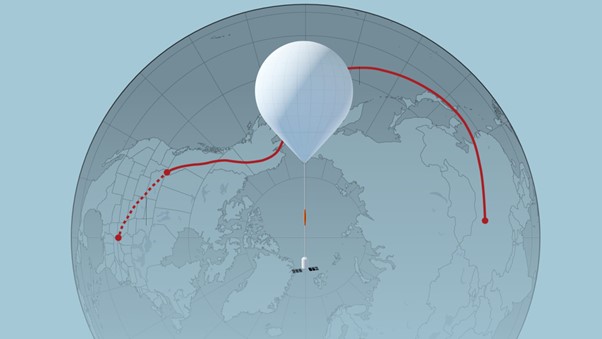
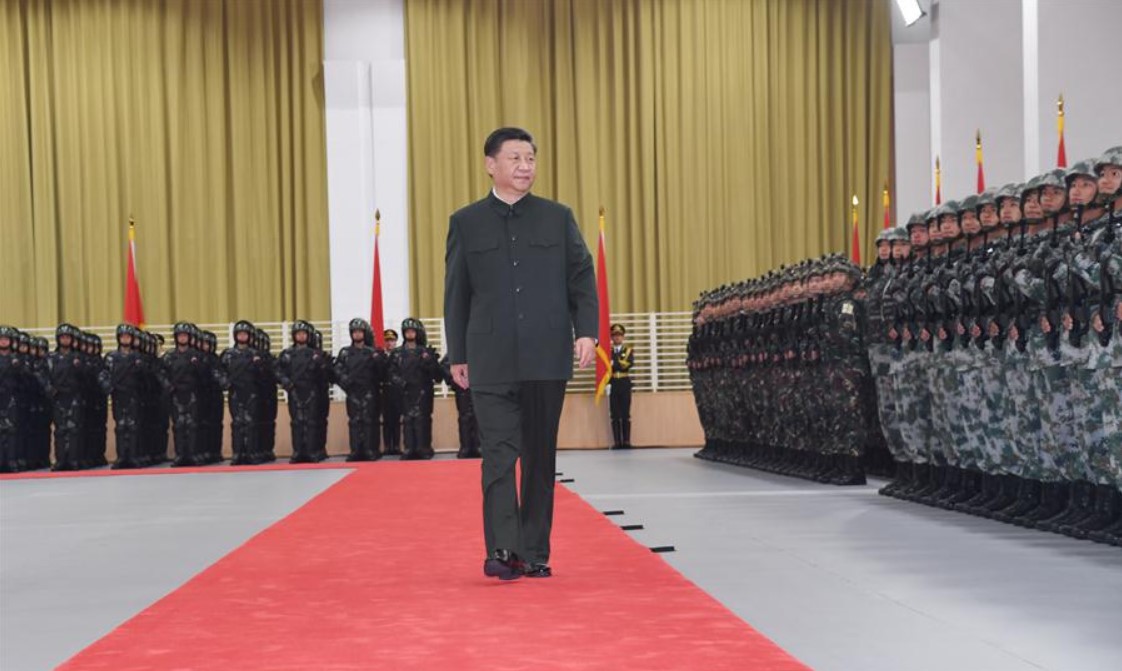
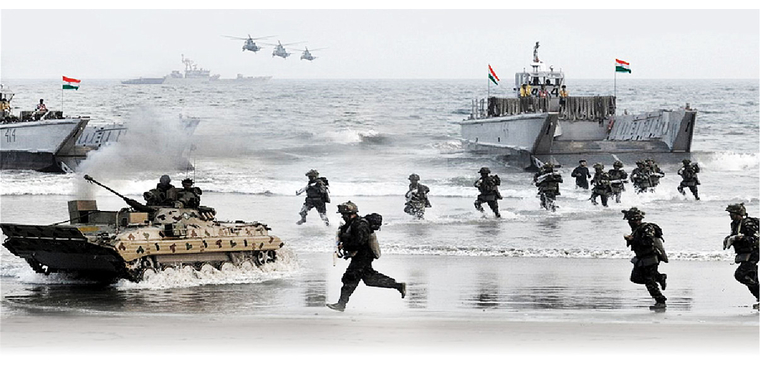

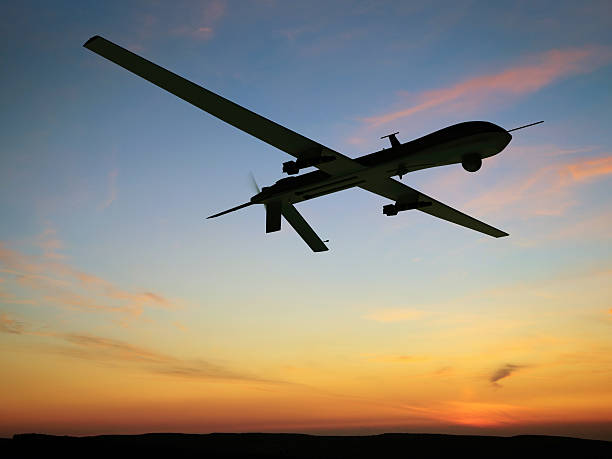






POST COMMENTS (27)
Webbeleah
Mayur Vyas
Simon Templar
Atul Dewan
Sanjeev
Shailender
Sid Gupta
MCV Jose
Bryan Wagner
Wendell Bruges
Madhu TP
Sreenivas
RAdm Sudhir Pillai
Ravinder Singh kahlon
Sreenivas
Sanjay Saxena
Col(Dr) Purna Patnaik
Judithann Campbell
Martina
Major Ravi Joshi Veteran
Capt Rammohan
Aviott John
Joseph Sukumar
Raman
sukhjit
Captain TR Ravi
P K Misra